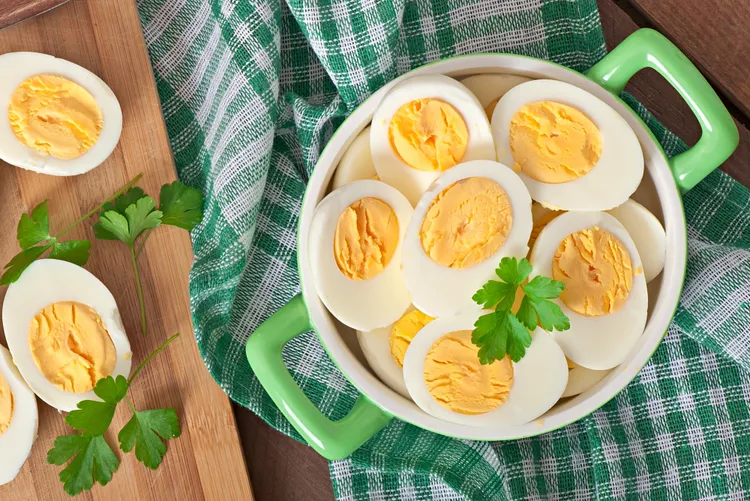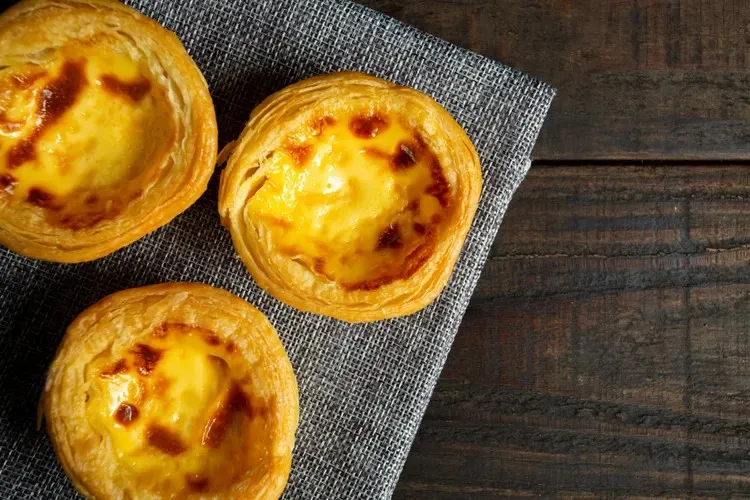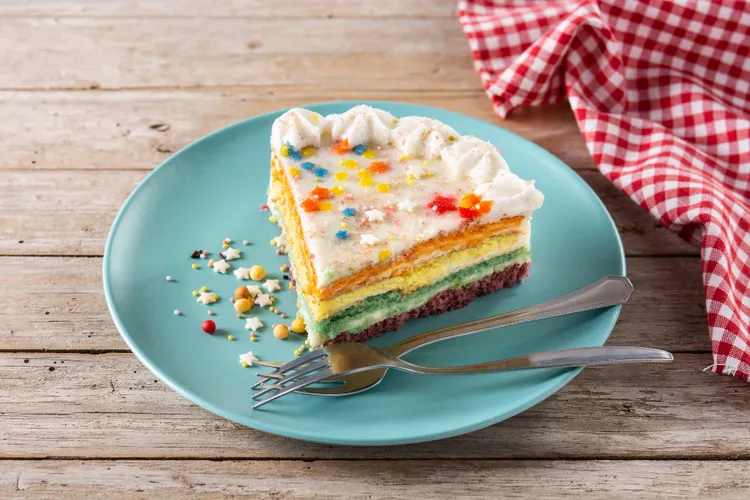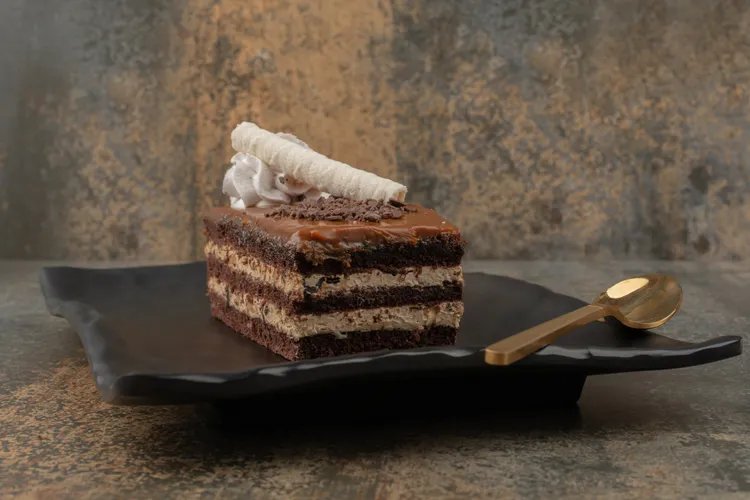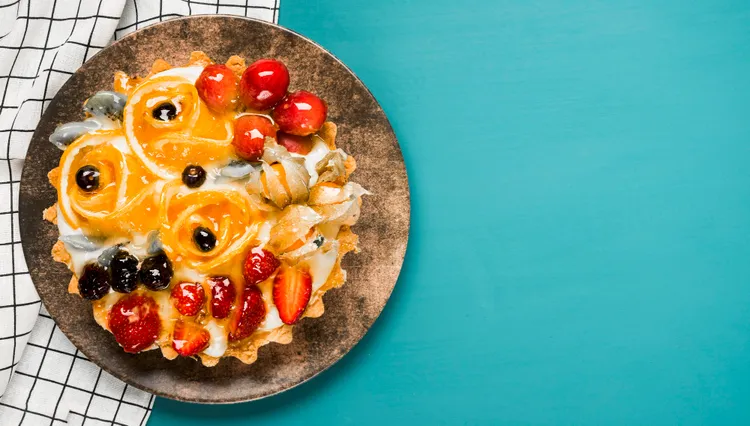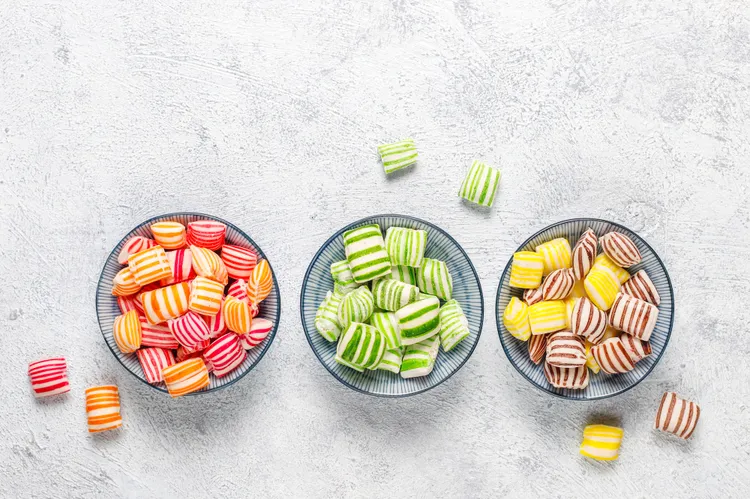The Ultimate Guide to the Best Foods for High Cholesterol: Eat Smart, Live Strong
High cholesterol can be a silent risk factor - often with no symptoms, but carrying serious consequences like heart disease and stroke. The good news? Your diet is one of the most powerful tools you have to manage and lower cholesterol naturally. This guide will walk you through the best foods to eat if you have high cholesterol, why they work, and how to incorporate them into your daily meals. Whether you're newly diagnosed or just looking to take control of your heart health, consider this your go-to resource.

First, A Quick Refresher: What Is Cholesterol?
Cholesterol is a fat-like substance found in your blood. Your body needs it for building cells and producing hormones, but too much “bad” cholesterol (LDL) can lead to plaque buildup in arteries - increasing your risk for heart disease.
There are two main types:
LDL (Low-Density Lipoprotein): “Bad” cholesterol - contributes to artery-clogging plaque.
HDL (High-Density Lipoprotein): “Good” cholesterol - helps remove excess cholesterol from the bloodstream.
Goal:
Lower LDL
Increase HDL
Reduce total cholesterol and triglycerides
1. Soluble Fiber Superstars
Soluble fiber binds to cholesterol in your digestive system and helps eliminate it before it enters your bloodstream.
Best High-Fiber Foods:
Oats and Oat Bran: Especially effective at lowering LDL.
Barley: Contains beta-glucans that help absorb cholesterol.
Legumes: Lentils, black beans, chickpeas, and kidney beans.
Apples, Berries, Pears: Fiber-rich fruits with pectin, a powerful cholesterol-lowering fiber.
Carrots, Sweet Potatoes: Great soluble fiber sources with added antioxidants.
How to Eat Them:
Start your day with oatmeal topped with berries and flaxseed.
Add beans to soups, salads, or grain bowls.
Snack on a sliced apple with almond butter.
2. Fatty Fish for Healthy Fats
Omega-3 fatty acids don’t lower LDL directly, but they reduce triglycerides and raise HDL. They also prevent plaque buildup and reduce inflammation.
Best Choices:
Salmon
Mackerel
Sardines
Tuna (especially albacore)
Trout
Cooking Tips:
Bake, broil, or grill instead of frying.
Add lemon, herbs, and garlic for flavor without salt.
Eat fish at least twice per week.
3. Heart-Healthy Fats (Monounsaturated & Polyunsaturated)
Swap saturated and trans fats for heart-friendly alternatives.
Best Sources:
Avocados: Full of monounsaturated fat and fiber.
Olive Oil: Use extra virgin olive oil instead of butter or margarine.
Nuts: Especially almonds, walnuts, pistachios, and macadamias.
Seeds: Flaxseed, chia seeds, sunflower seeds.
Quick Wins:
Use avocado instead of mayo on sandwiches.
Drizzle olive oil on veggies or salads.
Grab a handful of mixed nuts as a snack (watch portion size).
4. Whole Grains = Whole Health
Whole grains are rich in fiber, vitamins, and antioxidants that support cholesterol management.
Top Choices:
Brown rice
Quinoa
Whole wheat bread and pasta
Farro
Millet and bulgur
Easy Ideas:
Switch white rice for quinoa or barley in meals.
Choose 100% whole wheat bread over white.
Make whole grain bowls with vegetables, legumes, and olive oil dressing.
5. Plant Sterols and Stanols
These naturally occurring substances block cholesterol absorption in the intestines.
Found In:
Fortified foods (orange juice, yogurt drinks)
Nuts and seeds
Legumes and vegetables (in smaller amounts)
Aim for 2 grams of plant sterols/stanols daily to see cholesterol-lowering effects. Fortified products are the easiest way to hit this target.
6. Garlic and Onions: Small But Mighty
Garlic contains allicin, which may lower total and LDL cholesterol, while onions offer anti-inflammatory and antioxidant benefits.
How to Use:
Add raw or roasted garlic to salad dressings, sauces, and roasted veggies.
Sauté onions for flavor boosts in soups, stir-fries, and whole grain bowls.
7. Mediterranean Diet Favorites
The Mediterranean diet is one of the most heart-protective eating patterns. It emphasizes:
Fresh vegetables
Fruits
Whole grains
Nuts and legumes
Fish and olive oil
Why It Works:
It’s rich in anti-inflammatory compounds and healthy fats that boost HDL and reduce LDL over time.
What to Limit or Avoid
To manage cholesterol, what you avoid matters just as much as what you eat.
Foods to Cut Back On:
Saturated fats: Found in red meat, butter, cheese, cream, coconut oil.
Trans fats: Found in fried foods, packaged snacks, baked goods.
Refined carbs and added sugars: White bread, pastries, soda.
Highly processed meats: Sausages, bacon, deli meats.
Bonus Habits for Cholesterol Control
Stay Active:
Aim for 150 minutes of moderate exercise per week (like brisk walking, cycling, or swimming). Exercise helps raise HDL and lower triglycerides.
Sleep Well:
Poor sleep can affect your body’s cholesterol balance. Aim for 7-9 hours per night.
Manage Stress:
Chronic stress increases inflammation and can raise cholesterol. Try yoga, meditation, or breathwork.
Sample Day of Eating for Lower Cholesterol
Breakfast
Oatmeal with chia seeds, blueberries, and walnuts
Green tea
Snack
Apple slices with almond butter
Lunch
Quinoa salad with chickpeas, spinach, cherry tomatoes, olive oil, and lemon
Unsweetened iced green tea
Snack
Handful of raw almonds
Dinner
Grilled salmon with garlic and herbs
Steamed broccoli and roasted sweet potatoes
Mixed greens with avocado and balsamic vinaigrette
Dessert (Optional)
Fresh berries with a dollop of plain Greek yogurt
Eat to Nourish, Not Just to Avoid
Cholesterol-friendly eating isn’t about deprivation - it’s about choosing foods that fuel your body, protect your heart, and keep your energy strong. Focus on abundance, not restriction: more fiber, more healthy fats, more colorful plants.
Ready to Take Control?
Remember: small changes = big results. You don’t need to overhaul your life overnight. Start by making one cholesterol-friendly swap per day, and you’ll be on the road to healthier numbers - and a healthier life - before you know it.


